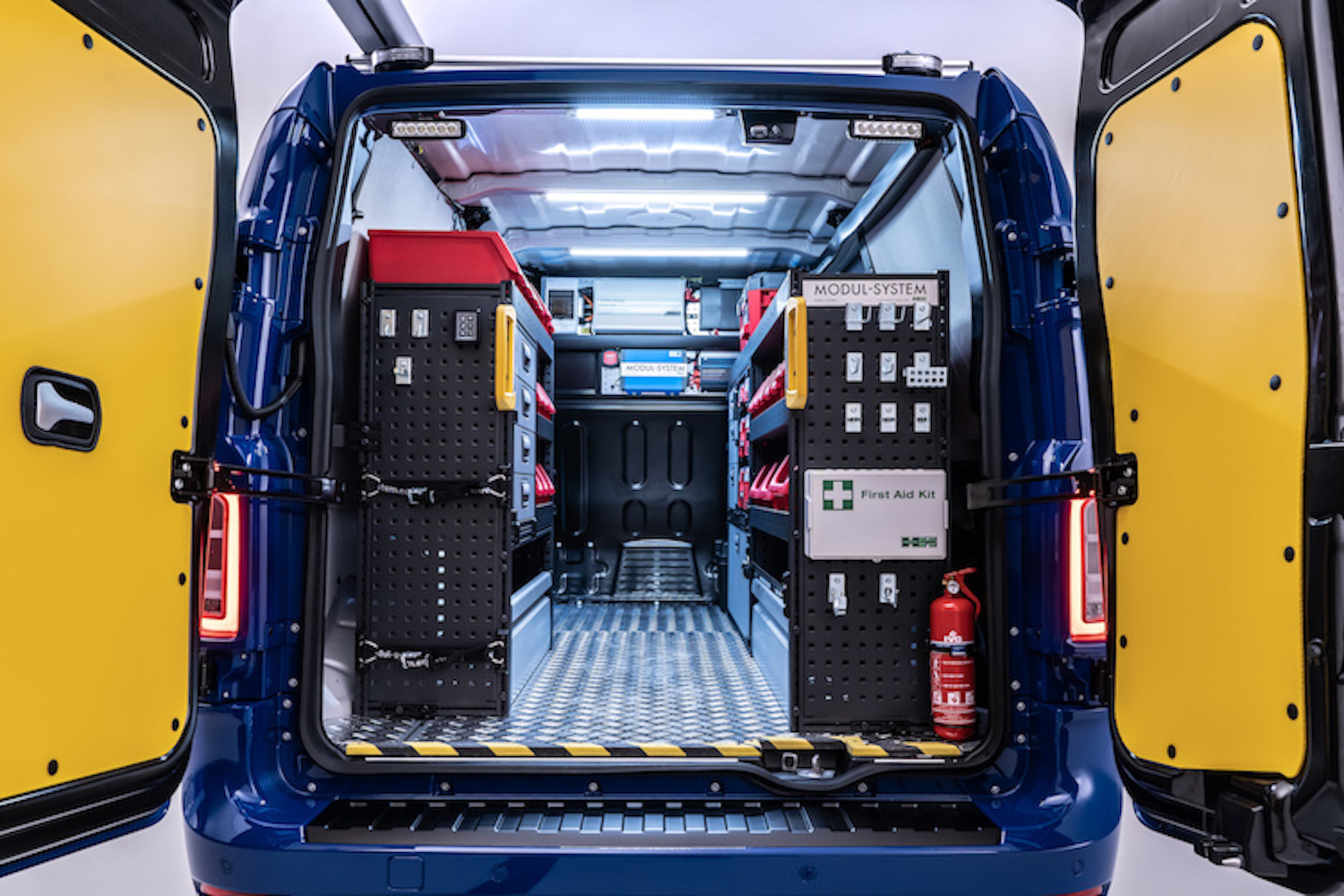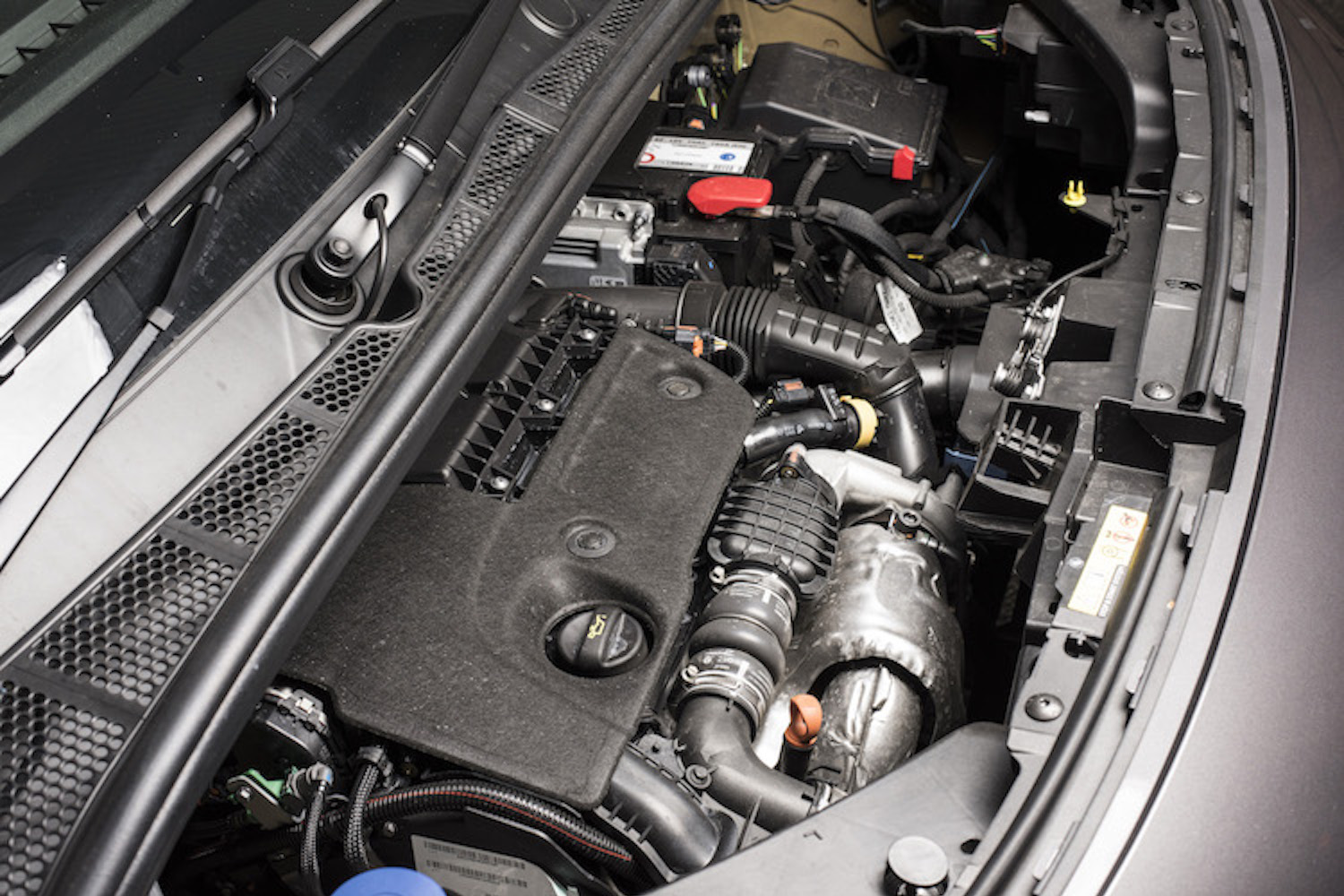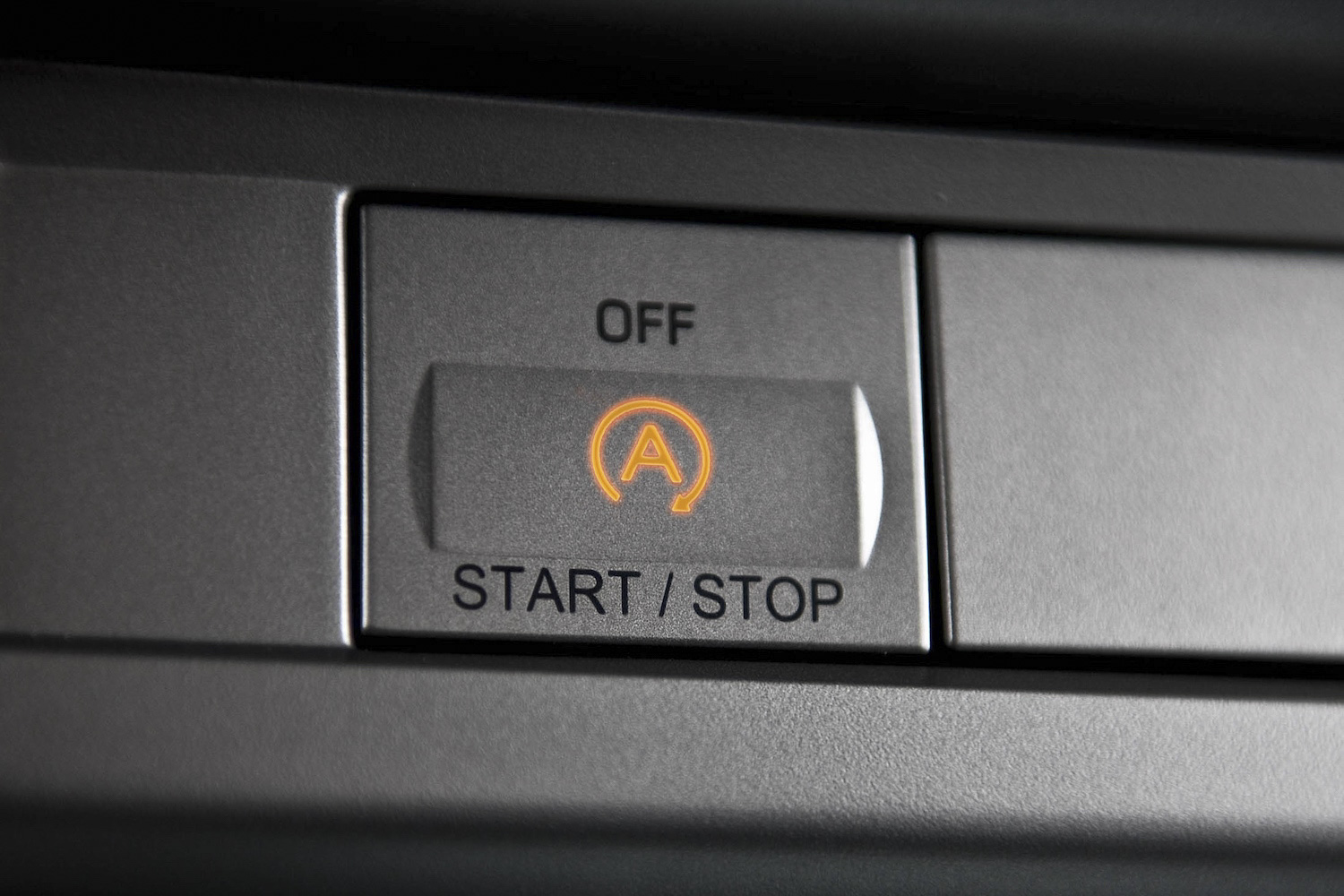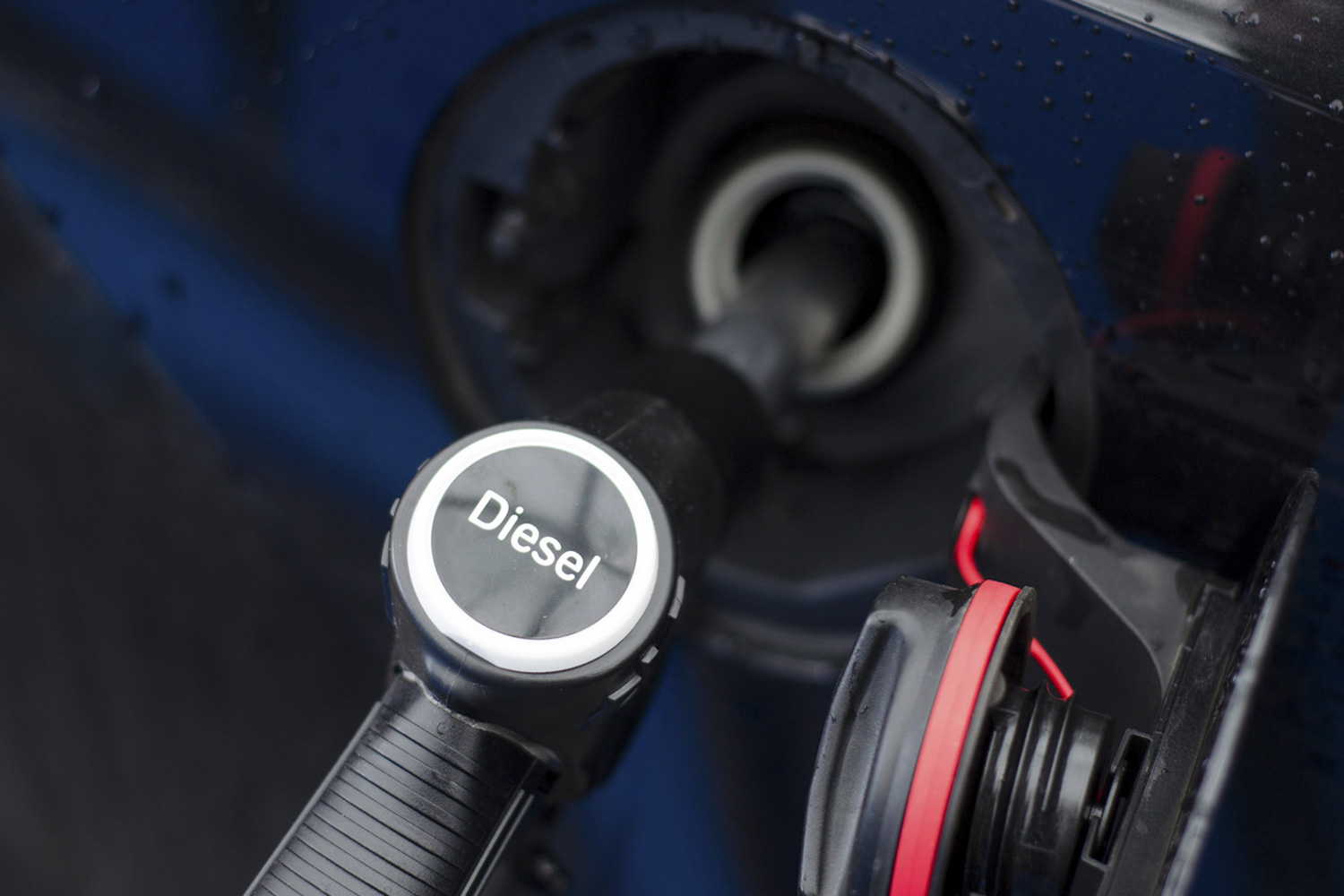Fuel prices are hitting new highs almost every day lately, so much so that some buyers are switching to electric vans to lower their running costs. However, that’s not an option that’s open to many buyers, whether that’s because they need a van that can travel long distances or they haven’t got the facility to charge an electric van up.
While the switch to electricity will be one that many buyers will eventually have to make, there are plenty of things you can do to boost your van’s fuel economy today. Here we guide you through some top tips to help you save fuel, whether you’re a driver or a fleet operator looking at the company bottom line.
Lightness boosts efficiency
It was Lotus that applied the theory that adding lightness increased performance, but it boosts fuel economy, too. If there’s less weight for a diesel engine to haul around, it doesn’t have to work as hard and therefore will use less fuel in the process. While we wouldn’t advise drilling holes in your van’s bodywork or chassis to save weight, it’s probably a good idea to do a regular audit of the equipment that you carry in your van and take out the stuff you don’t need.

Power tools, unused materials, offcuts and other rubbish that haven’t been disposed of can all add unnecessary weight. Think about what you need to take with you, and if something is sitting in the cargo area that’s not required, remove it. And when was the last time you cleaned your van’s cab? Those big door bins can usefully double as actual dustbins, but nobody’s coming round to empty them for you. OK, so clearing them won’t save you much weight, but every little helps when fuel prices are high.
Get your van road ready
It’s always good to ensure that your van is well maintained. Stick to your van’s service schedule, and it should remain in the best condition, with fresh oil and other fluids added each time that will keep it running at its most efficient. Every van maker offers a service plan to help you manage maintenance costs with monthly repayments, rather than having to stump up a big bill every 12 months.

Maintenance doesn’t stop with visits to your local service centre every year. Checking tyre pressures is a great way to help fuel economy. Under-inflated tyres cause drag, so your van’s engine will need to work harder to maintain the same speeds. And remember that tyre pressures will need to increase when you have heavier loads on board. There will be information on your van’s tyre pressures in the handbook or on a sticker within one of the door frames. We recommend buying a pressure gauge to check your tyres because forecourt gauges can be unreliable and inaccurate.
It’s a good idea to clean your van, too. It will give customers a better impression of your business and help your van cut through the air more efficiently. Again, it will only offer a slight improvement in fuel economy, but the more miles you do, the more significant the benefits will be.
Use stop-start

Most combustion-engined vans come with fuel-saving stop-start as standard, and while there’s the facility to turn this setting off, it’s not going to do your fuel economy any favours. Many newer systems are designed to cut out as you come to a halt, and while it might feel like your van is stalling, it’s doing nothing of the sort. In fact, stop-start systems will even help if you do stall because you don’t need to go through the motions of turning your van off and back on to restart it; a simple dip of the clutch should see the engine fire back into life.
Until recently, most stop-start systems relied on the driver selecting neutral, but newer systems cut the engine when the van has come to a halt. This is easier in automatic models, but get into the habit in a manual model, and you’ll soon be saving cash every time your engine isn’t idling in stopped traffic.
Anticipate your surroundings

If stop-start isn’t for you, then the best way to avoid using it is to keep moving. Doing this might not be possible in busy traffic, but since most vans have a high seating position, you should be able to ‘read’ the road ahead and adjust your driving to suit the conditions. If you are in heavy traffic, try and be smoother and more progressive with your acceleration and braking to create space ahead of you that means you avoid coming to a halt at all - you could even make it a game with yourself to see how long you can go without stopping in a traffic jam.
A good rule is to try and look as far ahead as possible. Then, if any hazards do appear, whether it’s traffic lights changing, a vehicle ahead turning off, or a change in speed limit, then you’re prepared for them. Remember that it takes more energy to get a stationary van up to speed than one already moving, so the fewer times you stop on a journey, the better.
Pick a gear
High revs mean more fuel use, so try and get into the highest gear you can when driving. A good rule is to shift up when the rev counter gets to around 1,500rpm, and you should definitely be shifting before 2,000rpm comes along. Of course, you don’t want to labour your engine when you have big loads or steep hills (or both) to contend with, but keep the revs down as much as possible and you’ll reap the benefits.
Some vans offer a gear indicator in the instruments to help you pick the right ratio. Some tend to favour the highest gear possible, which can sometimes feel a little strained for the engine, so in this instance use your ear - if the engine sounds like it’s labouring, knock it down a gear.


